Discovery isn’t just for digital
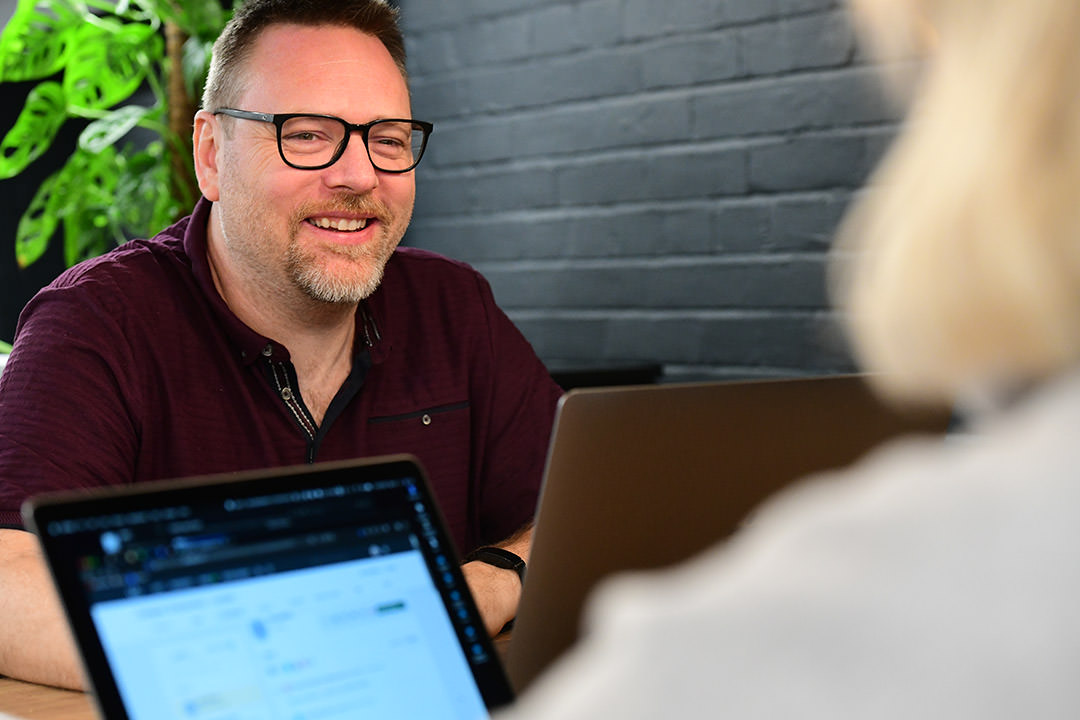
User needs can often be fudged or put to one side in favour of aesthetics
Last week, I attended my first networking event in the North. Run by Design Network North, it was called Rise & Design: Innovations in Health. The topics being covered were focused on physical products entering the NHS, but I thought it would be interesting to hear what people were talking about and learn a bit more about working in healthcare.
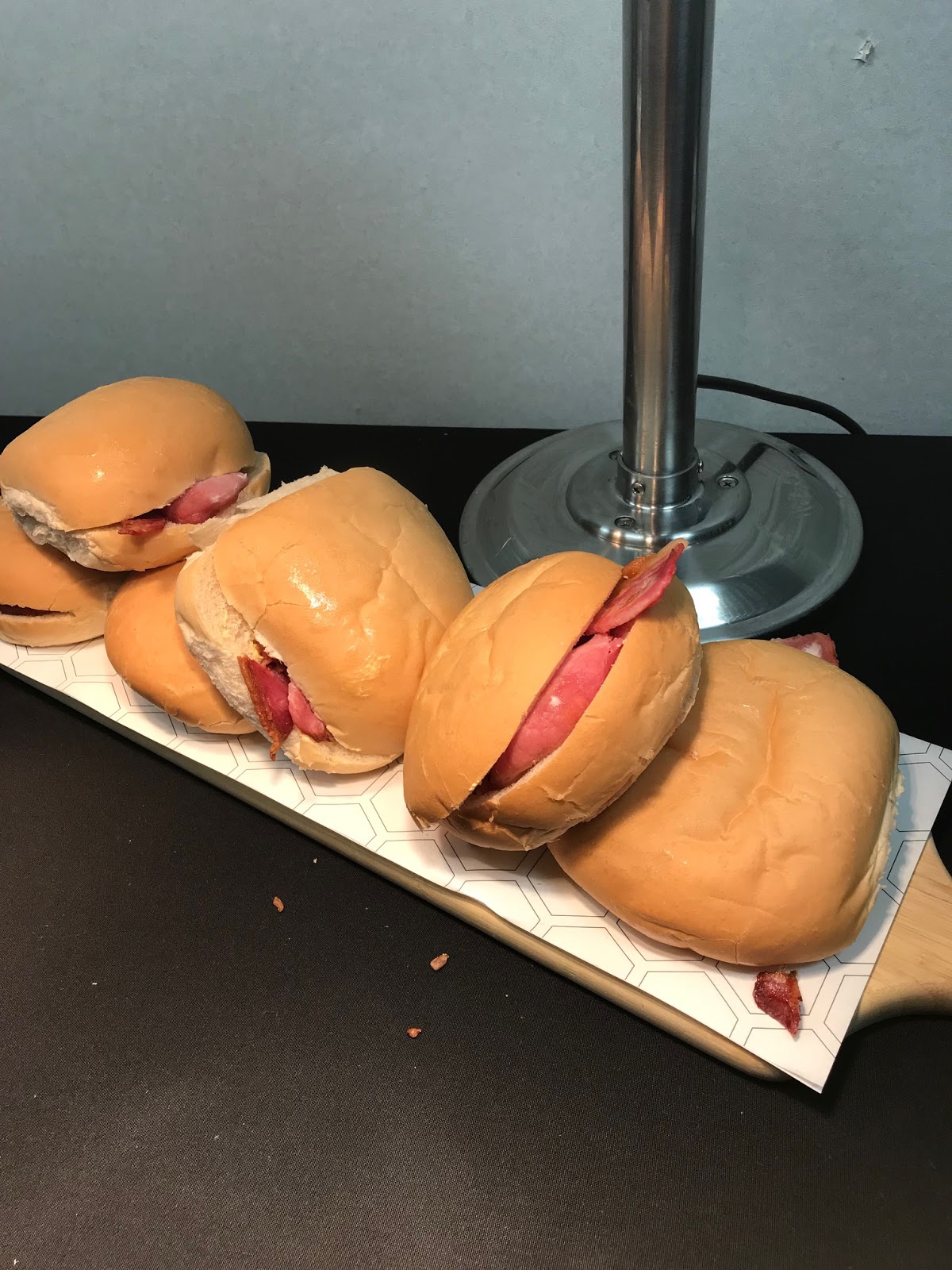
There were 2 speakers from product design consultancies, and one from a healthcare innovation hub. I had hoped I’d collect some useful insights into best practice for working with the NHS or healthcare industry, but instead came away with 3 main observations:
- Product designers are employing the agile mindset to fail fast and learn
- Successful innovation is a team sport
- Healthcare professionals will always value patient/clinical benefits over money
Identify a sponsor early to help you and try to work as a partnership. Bring ideas in the spirit of collaboration – Stephen Taylor-Parker, Medipex
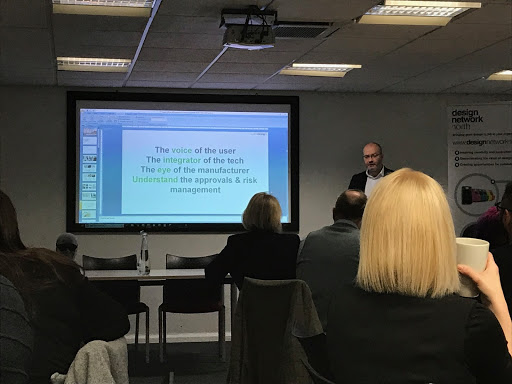
I found this really encouraging, as my previous experience as a Product Designer is that user needs can often be fudged or put to one side in favour of aesthetics. It showed a shift in the mindset of clients too, being open to more upfront work before diving into detailed design.
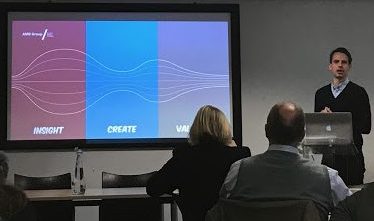
I was particularly interested in the talk from Tim Stern at the design agency AME Group. He kicked off his presentation by highlighting key trends in Healthcare, which are also relevant to the service design/digital industry:
- the focus on reducing strain on resources at hospitals is providing a great opportunity for product innovations, particularly in light of the ageing population
- the point of care is moving into homes away from hospitals
- more remote monitoring is being implemented
- diagnosis is becoming more remote too. The gap between consumer products and medical products is getting smaller so we need to be more conscious of who’s using a product
- the product interface and experience is becoming more prominent and how we interact with products is becoming more important
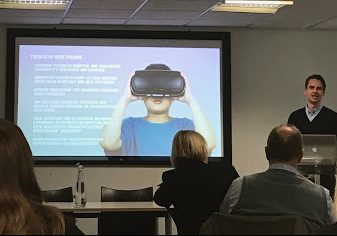
“As long as you learn from your failures it’s not bad” – Tim Stern, AME Group
Tim then went on to share their approach to the redesign of an ECG monitor. Their discovery activities included:
- desk research into competitor and parallel products to feed into the potential opportunity for a new device
- contextual interviews with healthcare professionals to understand how current products were used, stored and any issues they had with existing devices. They understood that it wasn’t just about designing the device itself, but it was about where it was stored, how it was charged, how much space it took up in their room, how it made the patient feel. They understood that they were designed not only for the Doctor or Nurse but for the patient’s wellbeing too
- in-home visits with severely diabetic patients to observe home dialysis to inform their design decisions from a patient’s perspective
- early rough prototyping with block models to test out interactions and use cases
What I enjoyed about their approach is their willingness to remain open-minded, accept that there are things they don’t know, and maintain this mindset as the product is developed and refined. This is something we try to do as user researchers and service designers too, opening up the original brief to ensure we’re uncovering the most valuable needs for users and organisations.